FREE Raw Recipe Package
Subscribe to newsletter below. Get the 11 Best Raw Recipes (PDF E-Book Package) instantly.
The Rawtarian Recipes
Latest Certifications
-

AliGamble
New Year Nineteen ChallengeApril 22, 2025 -

Simon
7-Day Raw Summer ChallengeMarch 17, 2018 -

The Rawtarian
7-Day Raw Summer ChallengeAugust 18, 2015 -

svridleybr
7-Day Raw Summer ChallengeJuly 29, 2015









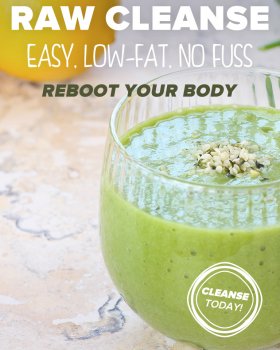














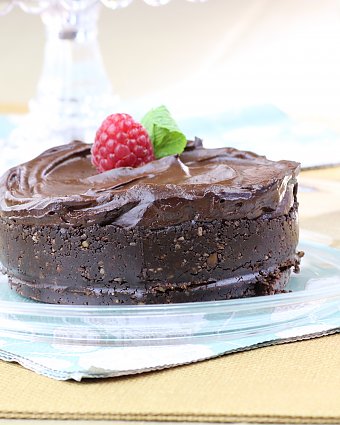






















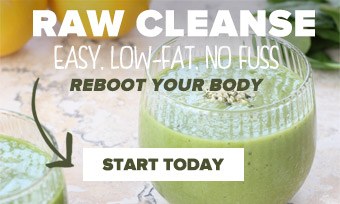
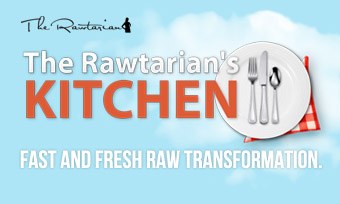
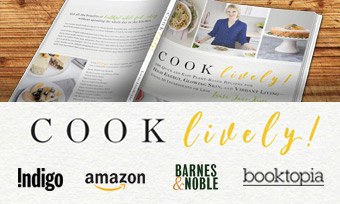
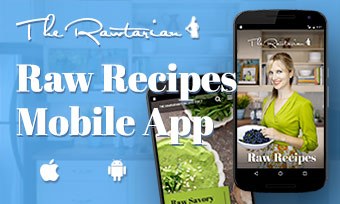
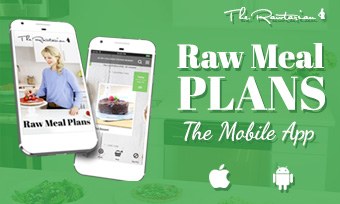
What's Being Talked About